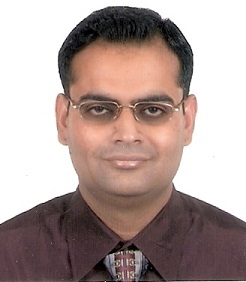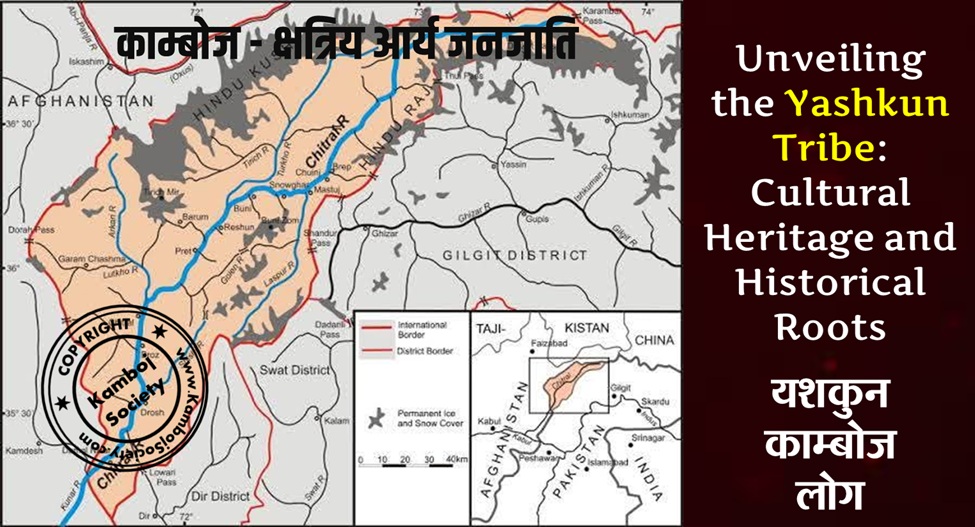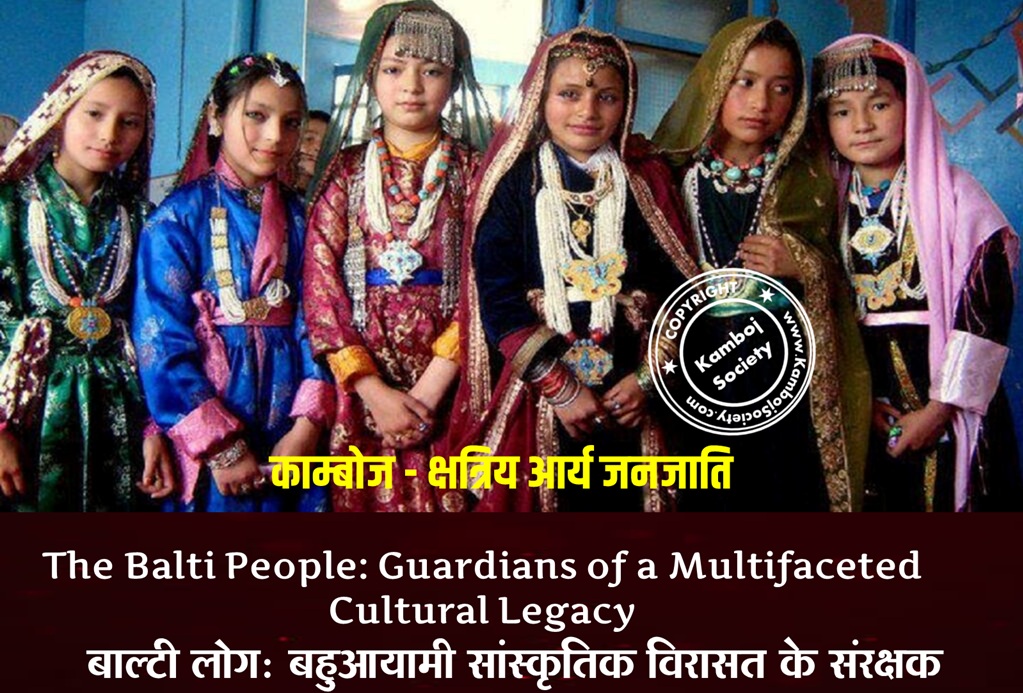Today is March 13, 2015. Shaheed Udham Singh shot dead Sir Michael O’Dwyer at a meeting of the East India Association and the Royal Central Asian Society at Caxton Hall on the same day in the year 1940. Udham Singh was a Indian Freedom Fighter from the Punjab. He was closely linked to communist activists and parties associated with the independence movement. During the early 1920s, after a brief three-month stay in Dover in 1921, he spent some time in the US, working in Detroit for the Ford Motor Company as a tool maker, before relocating to California. While in California, he established contacts with the Ghadar Party, which was dedicated to Indian freedom and independence. It had strong communist tendencies and was founded by South Asians living in America and Canada. He returned to India in 1927. Back in the Punjab, Udham Singh was arrested for the illegal possession of firearms and sentenced to five years imprisonment. Singh was released from prison in October 1931. He managed to acquire a passport and made his way to London in 1934. In his application for his passport endorsement, he claimed to have been working as a sports outfitter in India, but since his arrival, living in Canterbury, Kent, he was unable to secure employment. There are suggestions that in this period he worked as a pedlar. During 1937, he worked as an extra in crowd scenes for Alexander Korda’s London Studios at Denham. During 1938, he worked as a carpenter at the RAF Station at Great Chessington, Gloucestershire, before becoming unemployed. Udham Singh was well known in the Indian community at the time and also had contacts with Sikh pedlars living in Coventry, and Southampton. The objective of his stay in London was to find an opportunity to assassinate Michael O’Dwyer, the Governor of the Punjab in 1919, whom Singh held responsible for the Amritsar massacre, which had left a lasting impression on Singh after his brother and sister were killed there. Subsequently he had sworn to avenge the massacre. Singh had had a few opportunities to assassinate O’Dwyer but he was waiting for an occasion when his actions would have the most public impact. On 13 March 1940, Singh shot O’Dwyer at a meeting of the East India Association and the Royal Central Asian Society at Caxton Hall. The long-waited moment to take avenge of the Jallianwala Bagh traged at last came on 13 March 1940. On that day, at 4.30 p.m. in the Caxton Hall, London, where a meeting of the East India Association was being held in conjunction with the Royal Central Asian Society, Udham Singh fired five to six shots from his pistol at Sir Michael O’Dwyer, who was governor of the Punjab when the Amritsar massacre had taken place. O’Dwyer was hit twice and fell to the ground dead and Lord Zetland, the Secretary of State for India, who was presiding over the meeting was injured. Lord Lamington and Louis Dane were also hit and wounded by the shots. Udham Singh was overpowered with a smoking revolver. He in fact made no attempt to escape and continued saying that he had done his duty by his country. He was held in Brixton prison. There he staged a thirty-six day hunger strike, which resulted in him being forcibly fed through a tube. The assassination of O’Dwyer was reported widely in the press. In police statements and at court Singh gave his name as Mohamed Singh Azad an eclectic mixture of a Sikh, Hindu and Muslim Unity in the fight for Indian freedom. His statement ultimately sealing his fate; “I just shot to make protest. I have seen people starving in India under British Imperialism. I done it… I am not sorry… it was my duty.” “??? ??? ??? ??? ??? ???? ??? ?? ????? ??????? ?????? ???? ?? ??? ?? ?????” - Shaheed Udham Singh own hand written lines in the papers which are taken by him in court 4-5 June 1940 during trial.Authentic documents available. He was tried at the Central Criminal Court, Old Bailey on 4 June 1940 before Justice Atkinson, who sentenced him to death. An appeal was filed on his behalf which was dismissed on 15 July 1940. Krishna Menon was part of his defence team. After a trial in which the prosecution presented a simple case and the defence of Singh was often sketchy and chaotic he was sentenced to death by hanging on 5 June and executed on 31 July at Pentonville Prison, where he was also buried. In 1974, his body was repatriated to India and cremated in his home village of Sunam. This message is to pay rich tributes and homage to the great martyr of our community and Indian freedom struggle.
Shaheed Udham Singh shot dead Sir Michael O
- Deepak Kamboj
- Mar 13th, 2015
- 4191 Views










